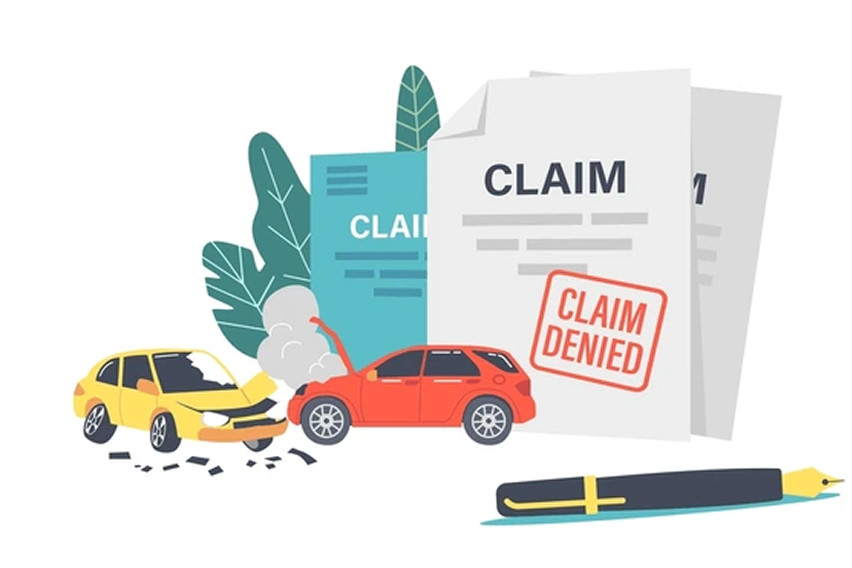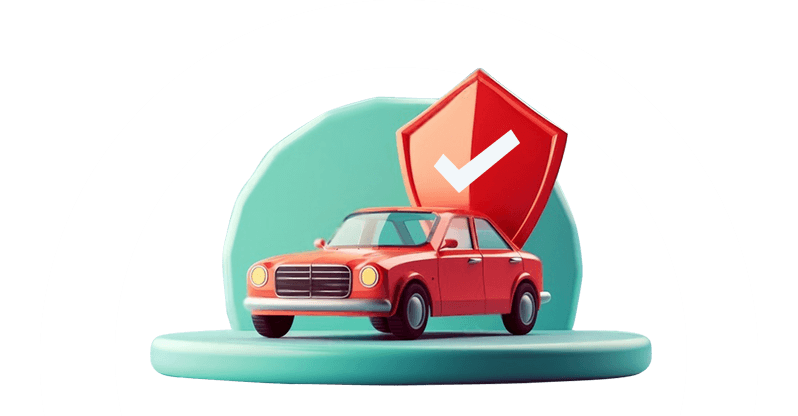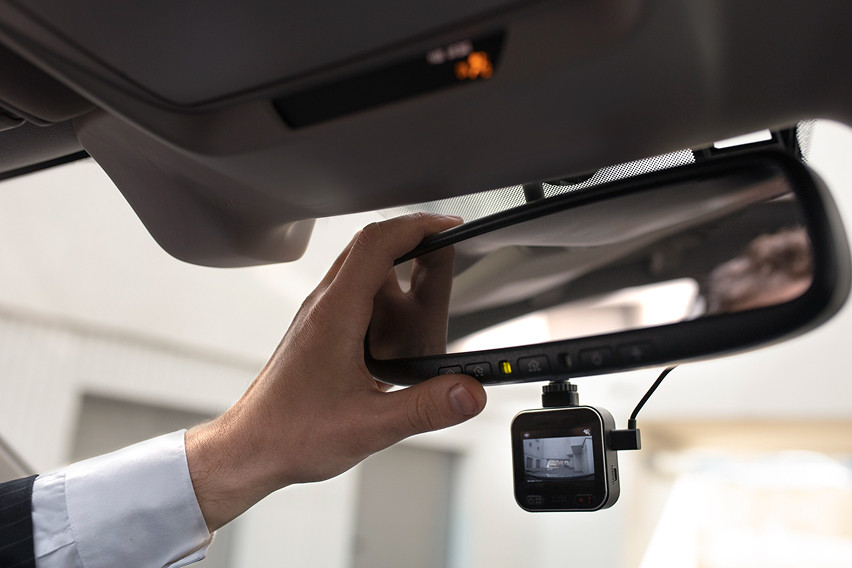
Car insurance is an essential instrument that protects you against uncertain financial liabilities. Around the world, car owners make this investment and drive with complete peace of mind. In the Philippines, as well, motor vehicle insurance is an integral part of the ownership process, so much so that a particular type of insurance has been made mandatory by the government.
Speaking of which, car insurance in the Philippines is broadly categorised as Compulsory Third-Party Liability Insurance (CTPL) and Comprehensive Insurance. While the former is mandatory by law and is required for vehicle registration at the LTO, the latter is optional but highly recommended for its coverage.
The CTPL insurance offers coverage against third-party injury/death caused by accidents involving the insured vehicle. What about the insured vehicle, its driver, and passenger? Who will take care of the car repair/replacement and medical bills of the injured? Don’t worry, comprehensive insurance takes care of all this and more.
But when you need financial assistance, it is essential to know the process, timeline, and requirements to take advantage of insurance. Therefore, we are here with our claim process series, part I of which is already covered, discussing the CTPL claim process in detail, and we are here with part II, wherein we’ll be talking about the claim process related to comprehensive insurance.
So, without any delay, let’s begin.
Comprehensive insurance - Why it matters & what it covers
If CTPL is all you need to drive your vehicle legally, then why is comprehensive insurance so widely discussed? Well, that’s because it’s one step ahead with the following advantages -
Peace of mind: Since you are financially protected against several liabilities, after an incident, your focus is more on the recovery and less on the expenses.
Protection against expensive repairs: An accident or collision can damage your car, and we all know the cost of repair, it can go up to hundreds and thousands of pesos. Comprehensive insurance covers it all.
Acts of God covered: The Philippines is not new to floods, typhoons, and earthquakes, which often damage our cars. Comprehensive insurance reimburses for the damages.
Coming to coverage, here’s what a typical comprehensive insurance takes care of -
- Acts of God: floods, earthquakes, typhoons, landslides, volcanic eruptions
- Theft or carnapping
- Fire or explosions
- Collision damage
- Vandalism, riots, or other malicious acts
Note, comprehensive coverage may vary with the insurance provider, so make sure to check all the details beforehand.
Also Read: CTPL vs. Comprehensive Car Insurance: What’s the Difference?
Filing a comprehensive insurance claim - When, how, & requirements
A policyholder needs to understand when and how they should file a comprehensive insurance claim. Let us have a look at both aspects one by one.
Under what circumstances can you file a comprehensive insurance claim?
A car owner should file a comprehensive claim under the following circumstances -
- The car gets damaged due to an accident/collision/natural calamities
- The car catches fire, or there’s an unexpected explosion
- The car gets stolen or damaged due to riots/vandalism
 Photo from Freepik
Photo from FreepikTimeline to file a comprehensive claim
Most car insurance companies in the Philippines require clients to file a claim within 7 to 15 days after the incident.
Step-by-step guide to file a comprehensive claim
Step 1: Check everyone & your safety
After the incident, check for your passengers, the other party, and yourself for injuries. If required, call for medical help.
Step 2: Inform the police authorities
In case of an accident, theft, or a malicious act of car damage, make sure to report the incident to the police and obtain a detailed report.
Step 3: Notify the insurer
Next up, inform your insurance provider about the incident as soon as possible. You can do so by either calling the 24/7 customer care department or your agent.
Step 4: Gather and submit required documents
Make it a point to confirm with the insurer about the required documents for claim filing. Gather them all and make a photocopy (just to be extra prepared).
Step 5: Inspection and assessment
Get ready to meet the insurance adjuster who will be inspecting the damages and verifying the facts.
Step 6: Approval and repair
Once your claim gets approved, you may then choose between cash or an accredited shop settlement, if an option is provided.
Also Read: How to file a car insurance claim in the Philippines (and get approved faster)
|
Pro tip: After the accident, try to take clear and timely photos of the damaged vehicles, location, surroundings, etc, to support your claim and speed up the process. Experts at Zen Insure recommend the following -
|
Documents required for filing a comprehensive claim
While filling out a comprehensive claim, make sure to gather the following documents. Doing so will ensure a smooth submission and definite claim approval.
- Driver’s license & official receipt
- Vehicle’s OR/CR (a photocopy)
- Valid government-issued ID
- Insurance policy or Certificate of Cover (COC)
- Duly accomplished claim form
- Repair estimates
- Police report (if available)
- Photos of the incident & damage
Insurance claim denial - Reasons & remedy
Often, policyholders face denial of the filed claim, which brings all the financial burden related to the matter on their shoulders. But have you ever wondered why claims are denied? Here are the top reasons -
 Image from Shutterstock
Image from Shutterstock- The insurance premium remains unpaid.
- Damages due to natural calamities, in case your comprehensive insurance does not cover Acts of God
- Delay in filing the claim (beyond the given timeline)
- Raising claims against damages to exclusions like custom accessories, wear & tear, etc.
- Misrepresentation of facts and information
- Claims related to unlawful activities like drink & driving, driving unlicensed, a car driven by an unauthorised driver, and violating traffic rules
- Damage to property or injury caused by an intentional act, like racing
Remedy for claim denial
If your insurance provider rejects your claim despite you meeting all the requirements and providing all the evidence, here’s what you need to -
- File a dispute with the provider & request a review
- If the former doesn’t help, seek help from the Insurance Commission
Comprehensive insurance - Claim process timeline
After duly completing the claim form and submitting the required documents, most insurance providers take up to a few weeks or months to process the claim, depending on the severity of the incident. Why? This time is taken for inspection and evaluation of the damaged car and the availability of spare parts.
Tips for a hassle-free claim experience
- Always go for a reputed insurance provider with IC certification.
- Always carry a copy of your insurance policy.
- Install a dashcam, as it will serve as additional proof.
- Don’t forget to take clear photos of the incident and damage.
- Cooperate with the adjuster fully, offer all the help and information required.
Bottom line
It doesn’t matter if you are a seasoned or a new car owner, it’s essential to insure your car and know the claim process. The latter enables you to act swiftly in case of an accident, theft, or natural calamity.
If you think filing an insurance claim is difficult, then we’d like to tell you, it is not. With just the information, submitting the proper documents, taking the right photos, and notifying the insurer as soon as possible can make things so much easier.
So, don’t wait for things to go wrong, know what your policy covers, save the hotline or emergency contact number, and always be prepared.
Remember, it’s not just about reimbursement, but about peace of mind.
Also Read: Top 5 mistakes people make when buying car insurance in the Philippines
FAQs
Q1. Is a police report required for every accident to file a claim?
Ans. Not necessary. You can skip a police report for minor incidents like a scratch or dent, but make sure to procure a report in case of major accidents, theft, or malicious acts.
Q2. What if an accident is my fault? Will I still be able to get a settlement?
Ans. Do not worry, comprehensive insurance will offer coverage, even if it’s your fault.
Q3. I got minor damage in a recent accident. Shall I file a claim?
Ans. You can, however, consider the deductibles. If the cost of repair is close to or less than the deductible, it might not be worth filing a claim.
Q4. Does filing a claim impact the renewal premium?
Ans. There is a possibility that the insurer may consider you high-risk, in case of multiple claims. This resulted in a high renewal premium.
Q5. Is there a limit to the number of claims that can be filed in a year?
Ans. While there is no set limit, excessive claims can affect your renewal premium or even lead to the refusal of renewal.
Q6. My license expired. Can I still file a claim?
Ans. No, driving with an expired license leads to the denial of the claim. It is a clear violation of policy terms.
Q7. Can dashcam footage be submitted as evidence to the insurer?
Ans. Many insurance providers accept dashcam videos as evidence. It helps establish proof of the incident.
Q8. Can I file a claim for car accessories or modifications?
Ans. Only if you have declared the accessories or modifications to the insurer.
Also Read: Car insurance claims in the Philippines: Common scenarios and claim types explained







